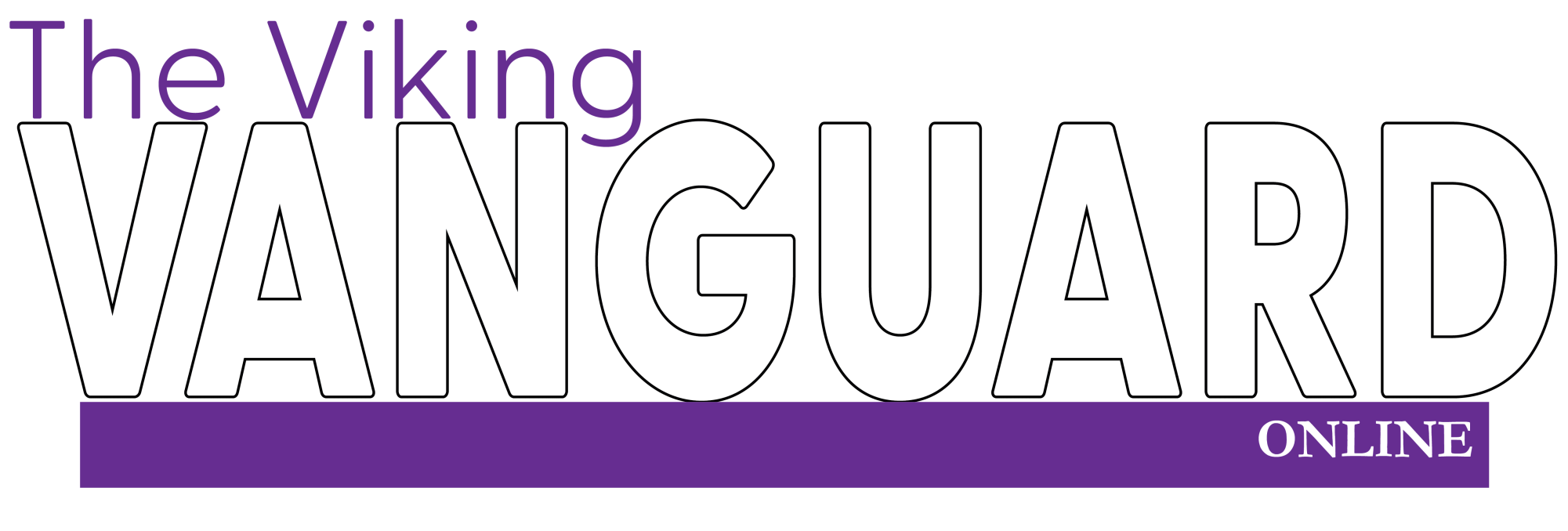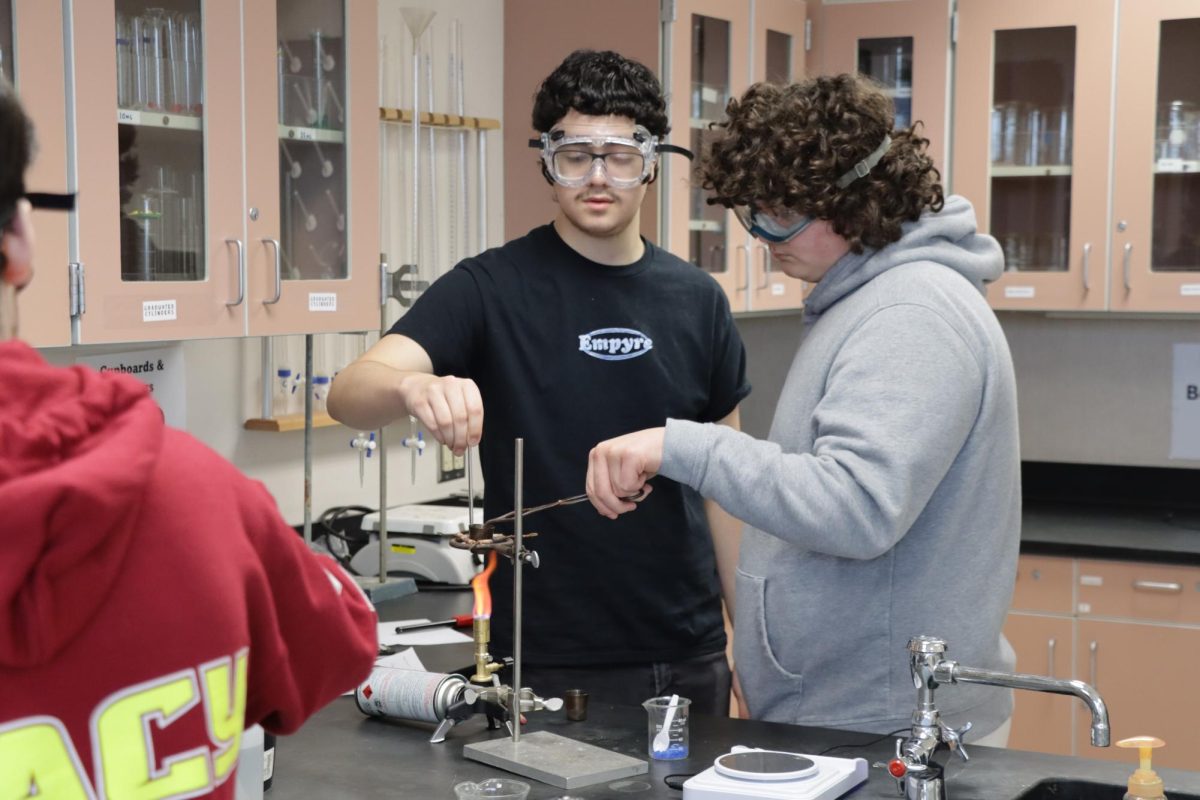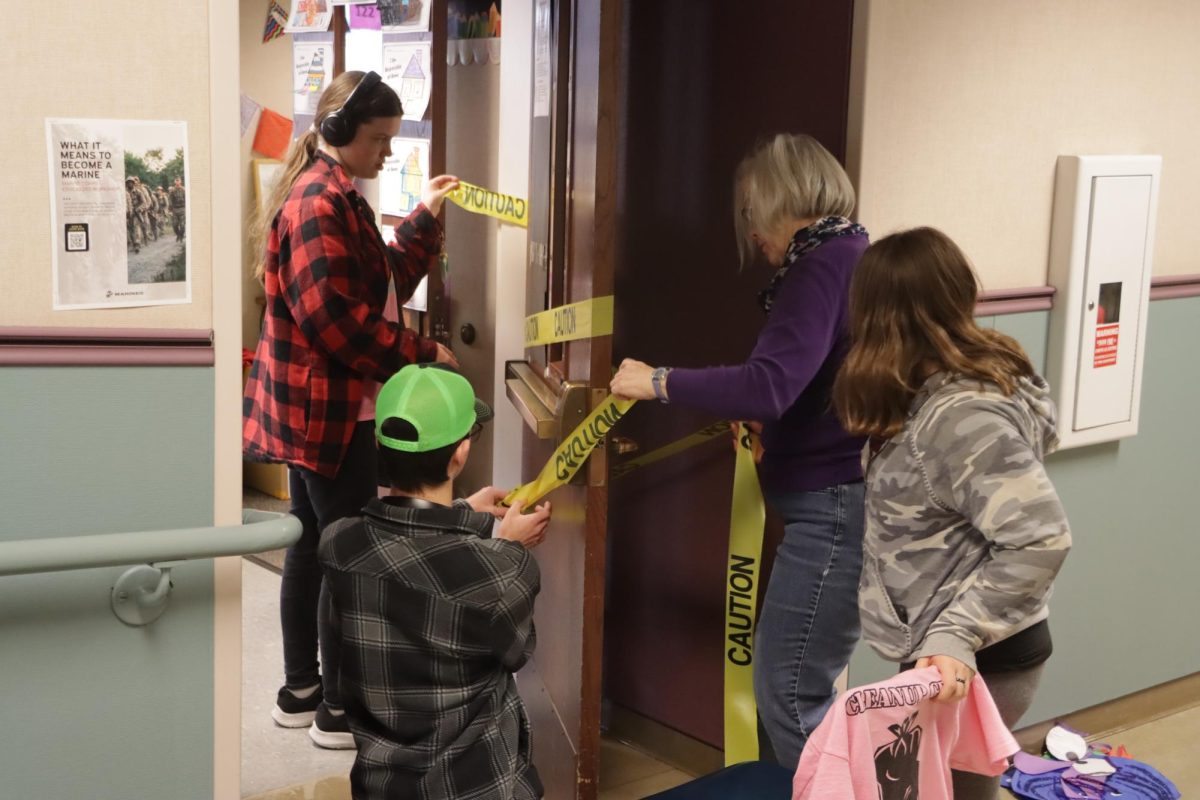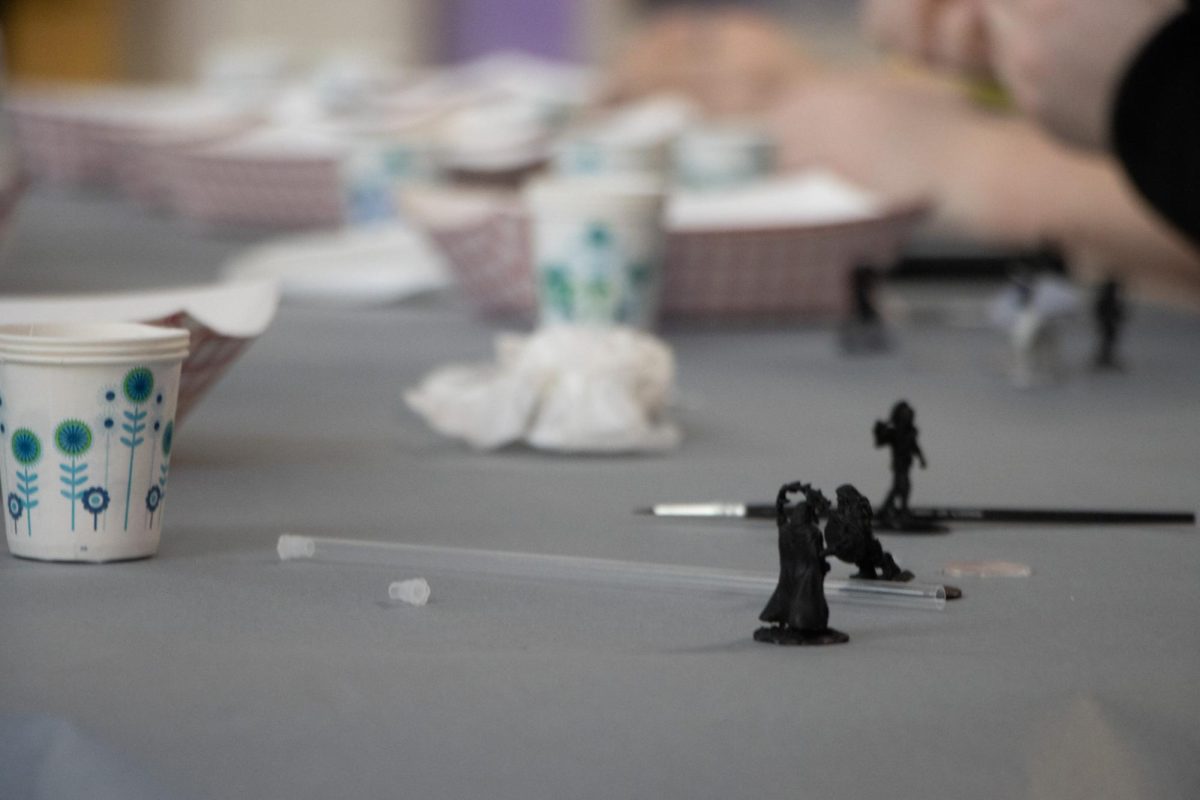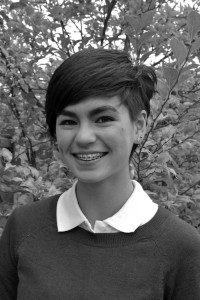Many students take AP classes to be able to test into receiving college credit early. This year, the tests for students in the AP United States History (also called APUSH) and AP Physics classes have been altered.
“A lot of colleges have said to [the College Board] that the stuff they were testing are not the skills they want to make sure students know. For instance, a lot of it was memorization. Fifty percent of the test was memorization of facts versus actively working with the documents,” APUSH teacher Jamie Smith said.
The change in the test has affected the way that Smith will teach the course.
“What [has] changed is that we are going to do a lot less lecture in class. I told the students I will lecture one day per chapter and there are 42 chapters so that will be 42 times. The rest of the time in class we are going to be working with more of the documents,” Smith said. “So we will be doing some roleplays sometimes; we have gone through and practiced the short answer questions and written a document-based question. . .it is a lot more hands on stuff than lecture based.”
According to Smith, the test will now require more interpretation on the student’s part than memorization.
“What they have done is a lot more of the test is having to actually be able to write. They went from writing three essays to writing six written responses,” Smith said. “Instead of just multiple choice questions with a correct or incorrect answer it is what is known as stimulus based. You have to read a prompt or look at a picture, see the stimulus and then read the question. You cannot just get the answer from the stimulus nor can you just get the answer from your background knowledge. You have to use your prior knowledge and the stimulus to be able to effectively answer the questions. It is taking a lot more interpretation and a lot more connecting the dots versus just right or wrong.”
The AP Physics test has also been changed to give students more time to answer questions with quality responses.
“You still get 90 minutes but there is at least one fewer question or possibly two fewer questions and that is dependent on the difficulty of the questions. If they are all deemed to be relatively difficult then there is going to be two fewer of them. In the multiple choice there is [now] 50 instead of 70 multiple [choice] questions and you get the same amount of time even though there are fewer questions,” AP Physics teacher Michael Segers said. “The test provides students more time to justify answers or, in the case of multiple choice, to really consider all the plausible answers and weed the real answer out from the ones that are almost correct.”
Unlike the APUSH course, AP Physics has been split into two year-long courses.
“Colleges were getting a lot of students that…were getting fives but did not have the lab experiences and did not have a deep understanding of the material. So the colleges told
the College Board, ‘you really need to break the course into two year-long courses, cover it more slowly, give students more opportunities to absorb the concepts and provide more lab experiences so they can actually see these concepts,’” Segers said. “I would have preferred to have taught it that way all along anyway.”
In addition to being treating to an excess of information, physics students were also not receiving adequate lab experience.
“So the [colleges] put the data together and realized students are earning fours and fives on AP tests but they do not come with the lab experiences and deeper, fundamental understandings to actually make it successfully through subsequent physics courses,” Segers said. “If the ultimate goal is to get students through the full gambit of physics courses that is not taught in one year in college, that is taught over the course of four semesters in college. Why it was being taught as a one year course in high school is a mystery to me.”
Not all AP changes are happening this year—next year Puyallup High School will potentially offer Japanese Four available to students as an AP class. Most of the fourth-year language courses are AP classes. However, Japanese Four is not.
“I am in the process of turning the paper in to the College Board,” Japanese teacher Reiko Yoshikawa said. “Hopefully it will pass and it will go next year go to the AP. I have to turn it in by October, you have to wait a whole year. “
According to Yoshikawa, AP Japanese will not have different content as Japanese Four.
“[It will be different] just in name. Hopefully next year the class will be AP Japanese,” Yoshikawa said.
